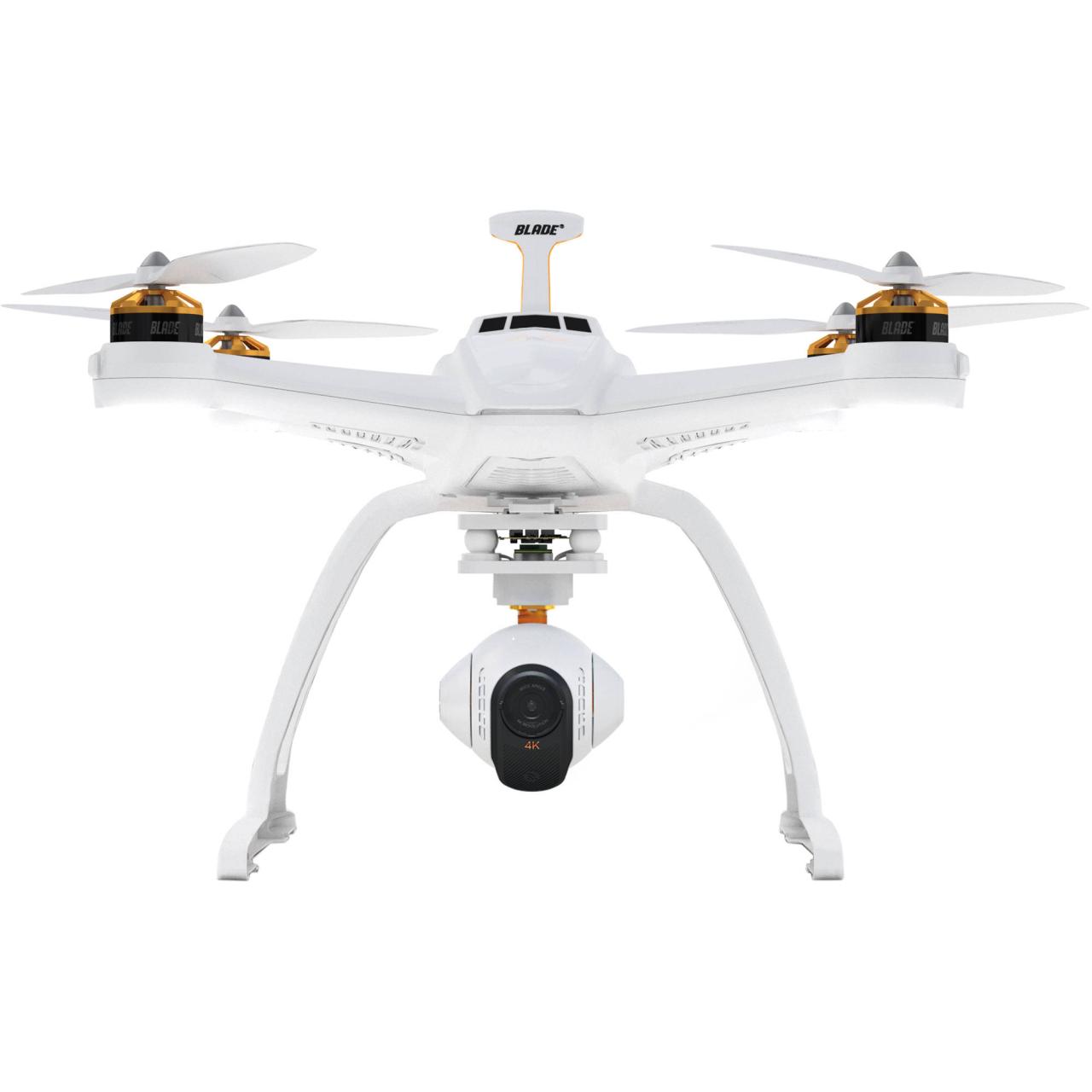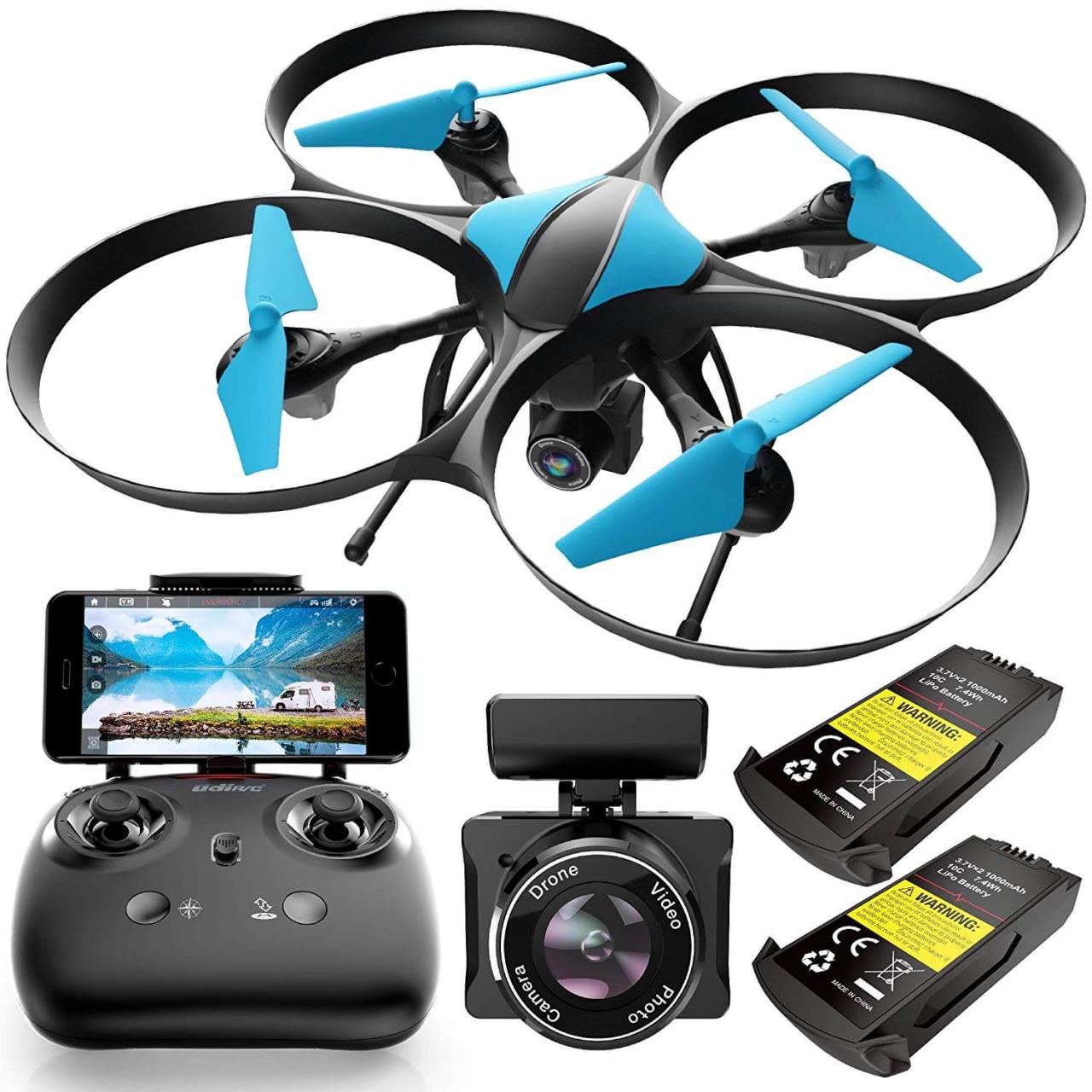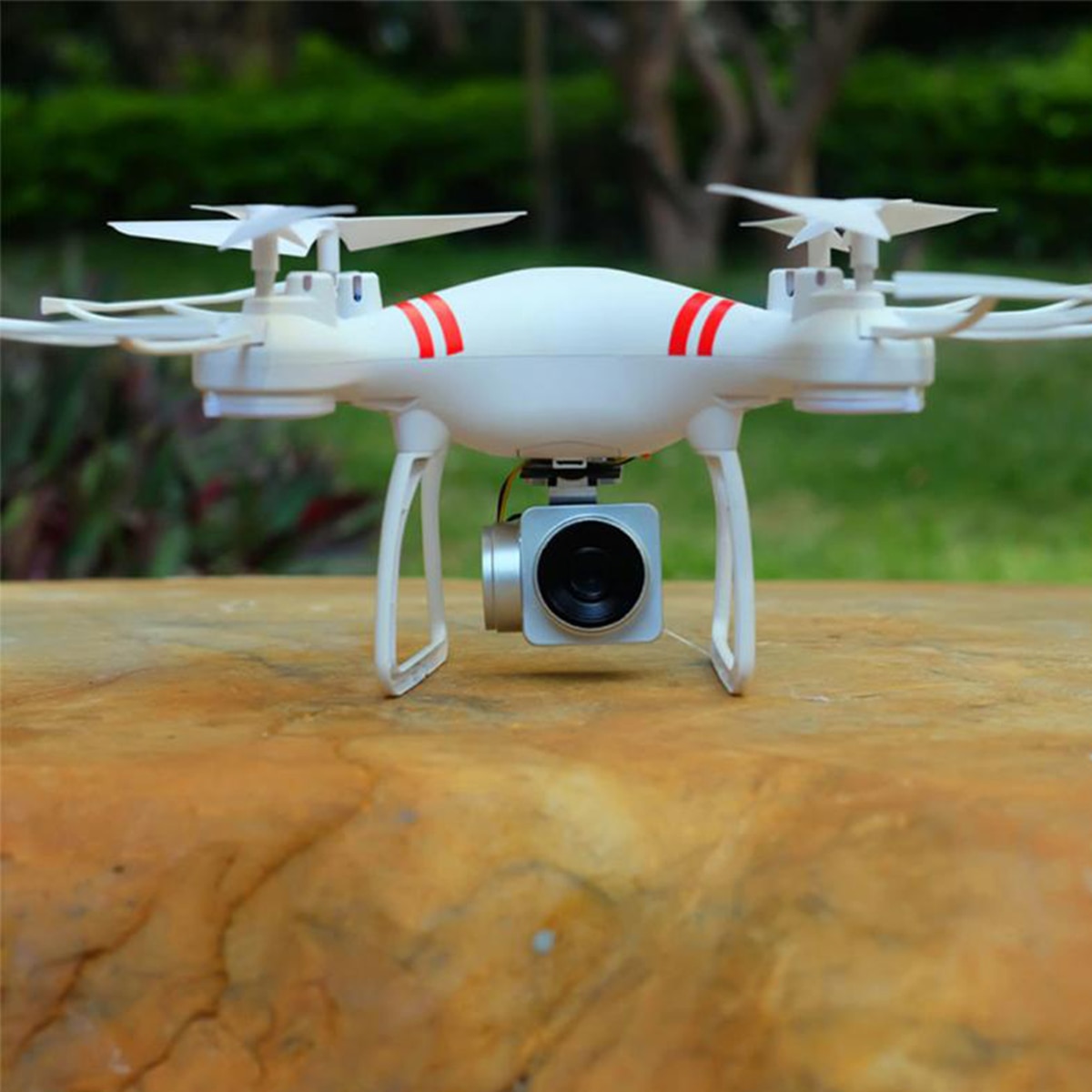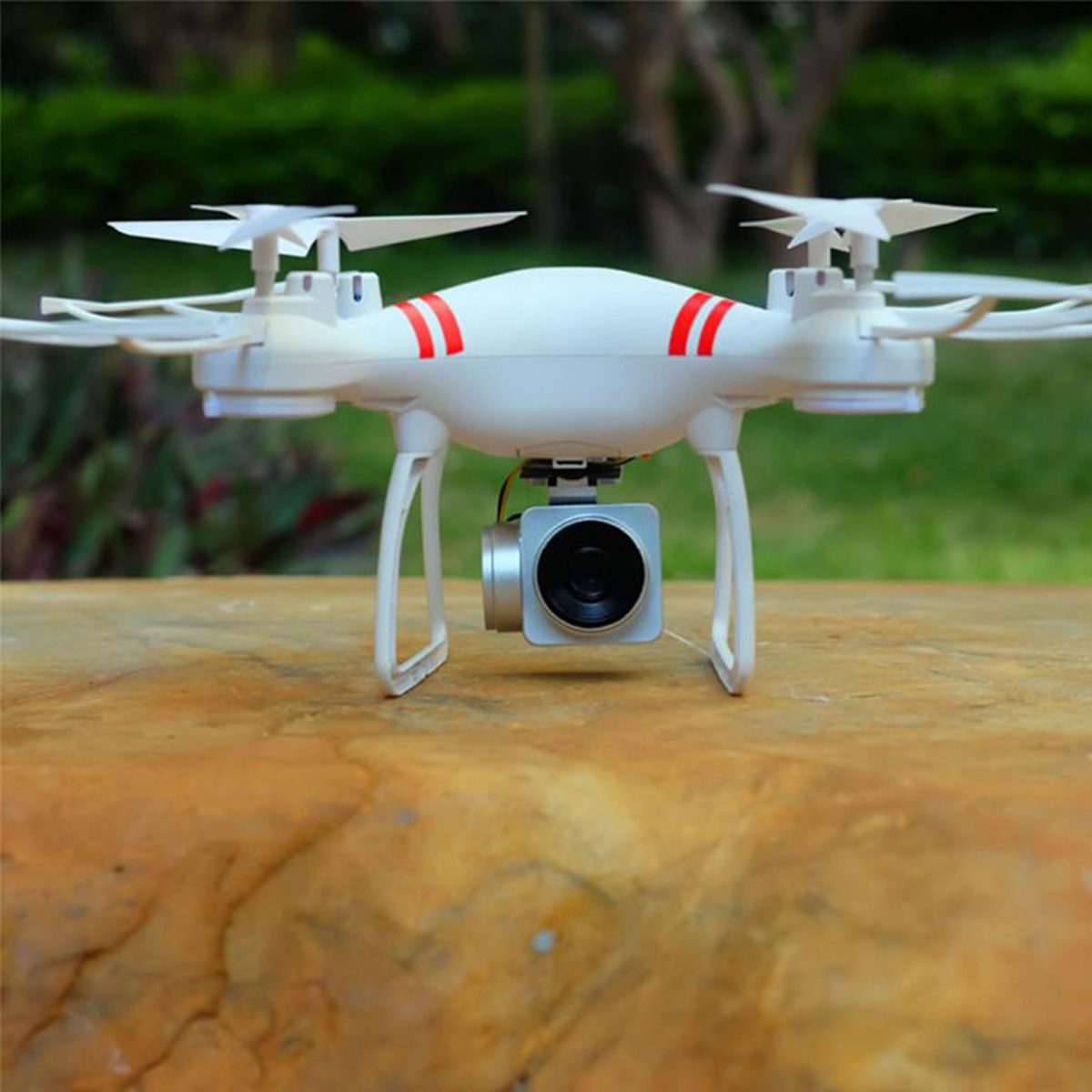Drone with camera technology has revolutionized various sectors, from filmmaking and real estate to agriculture and search and rescue. These versatile devices offer unprecedented aerial perspectives, enabling high-resolution imaging and videography previously inaccessible or prohibitively expensive. This exploration delves into the diverse types of drones available, their capabilities, applications, and the crucial legal and ethical considerations surrounding their use.
Understanding the nuances of drone cameras, from sensor size and resolution to stabilization technology and flight operation, is key to harnessing their full potential. This guide provides a comprehensive overview, covering everything from choosing the right drone for your needs to mastering post-processing techniques and ensuring safe and responsible operation. We’ll explore the various applications across numerous industries, highlighting both the benefits and limitations of this rapidly evolving technology.
Types of Drones with Cameras
Drones with cameras are categorized based on several key factors, including size, flight time, and camera capabilities. Understanding these categories helps in selecting the appropriate drone for specific needs and budgets.
Drone Categories by Size, Flight Time, and Camera Features
| Category | Size | Flight Time (approx.) | Camera Features |
|---|---|---|---|
| Nano | Very small, palm-sized | 5-10 minutes | Low resolution camera, limited stabilization |
| Micro | Small, easily portable | 10-15 minutes | Improved resolution and stabilization compared to nano drones |
| Mini | Compact, relatively lightweight | 15-25 minutes | Higher resolution, better stabilization, potentially some zoom capabilities |
| Standard | Larger, more features | 25-35 minutes | High resolution, optical zoom, advanced stabilization systems (e.g., 3-axis gimbal) |
| Large | Significant size, heavier payload capacity | 30+ minutes | Very high resolution, powerful zoom, professional-grade stabilization, potentially interchangeable lenses |
Advantages and Disadvantages of Drone Categories, Drone with camera
Each drone category offers a unique balance of portability, flight time, and camera capabilities. The ideal choice depends heavily on the intended use.
- Nano Drones: Advantages – extreme portability; Disadvantages – very short flight time, limited camera quality.
- Micro Drones: Advantages – good portability, improved camera quality compared to nano; Disadvantages – still relatively short flight time.
- Mini Drones: Advantages – balance of portability and features; Disadvantages – less payload capacity than larger drones.
- Standard Drones: Advantages – good balance of flight time, features, and camera quality; Disadvantages – less portable than smaller drones.
- Large Drones: Advantages – long flight times, high payload capacity, professional-grade cameras; Disadvantages – large size, less portable, higher cost.
Comparison of Popular Drone Camera Capabilities
The following table compares the camera capabilities of three popular drone models, representing different price points and features. Note that specifications can vary slightly depending on the model year and software updates.
| Drone Model | Resolution (Photo) | Resolution (Video) | Zoom |
|---|---|---|---|
| DJI Mavic 3 | 5208 x 3840 | 5.1K/4K/2.7K | Optical and Digital |
| DJI Mini 3 Pro | 48MP | 4K/2.7K | Digital |
| Autel Evo Nano+ | 50MP | 4K | Digital |
Camera Features and Specifications

Drone cameras boast a variety of features impacting image and video quality. Understanding these specifications is crucial for informed purchasing decisions.
Drone Camera Features: Resolution, Field of View, and More
Key camera features include resolution (both photo and video), field of view (FOV), sensor size, video recording capabilities (frame rate, resolution, codecs), and image stabilization technologies. These features interact to determine the overall quality of the captured footage.
Impact of Sensor Size on Image Quality
Larger sensors generally capture more light, resulting in improved image quality, particularly in low-light conditions. They also offer better dynamic range and reduced noise. Smaller sensors are more susceptible to noise and struggle in low light.
Comparison of Camera Specifications Across Price Ranges
The following table demonstrates how camera specifications vary across different price brackets of drones. Keep in mind these are general examples, and specific models within each range may vary.
| Price Range | Sensor Size | Resolution (Photo) | Video Resolution |
|---|---|---|---|
| Budget (<$500) | 1/2.3″ | 12MP | 1080p |
| Mid-Range ($500-$1500) | 1/2″ | 20MP | 4K |
| High-End (>$1500) | 1″ or larger | 48MP+ | 5.1K+ |
Applications of Drones with Cameras
Drones equipped with cameras have revolutionized various industries, offering efficient and innovative solutions for data collection and visualization.
Drone Applications Across Industries
The versatility of drone technology extends across numerous sectors. Each application leverages the unique advantages of aerial perspectives.
- Agriculture: Crop monitoring, precision spraying, livestock management. Benefits include early detection of crop stress and optimized resource allocation. Limitations include weather dependency and the need for skilled operators.
- Construction: Site surveying, progress monitoring, safety inspections. Benefits include efficient progress tracking and enhanced safety protocols. Limitations involve potential interference from construction activities and regulatory compliance.
- Real Estate: Property photography and videography, virtual tours. Benefits include attractive property presentations and reduced marketing costs. Limitations include weather conditions and potential privacy concerns.
- Filmmaking: Aerial cinematography, capturing unique perspectives. Benefits include creative filming options and cost savings compared to traditional methods. Limitations involve airspace restrictions and permits.
- Search and Rescue: Locating missing persons, assessing disaster areas. Benefits include rapid coverage of large areas and improved situational awareness. Limitations include limitations in low-visibility conditions and battery life.
Unique Applications of Drones with Thermal Imaging Cameras
- Power line inspection for detecting overheating or damage.
- Building inspections to identify thermal leaks and energy inefficiencies.
- Search and rescue operations to locate individuals in the dark or obscured environments.
- Wildlife monitoring to track animal movement and behavior.
- Precision agriculture to monitor soil temperature and moisture levels.
Drone Flight and Operation: Drone With Camera
Safe and legal drone operation requires understanding regulations, airspace restrictions, and proper battery management.
Safe and Legal Drone Operation
Before flying, familiarize yourself with local regulations, including airspace restrictions and registration requirements. Always maintain visual line of sight with your drone and be mindful of other airspace users.
Step-by-Step Guide on Planning a Drone Flight
- Check weather conditions and ensure they are suitable for flight.
- Plan your flight path and ensure it complies with local regulations.
- Inspect your drone for any damage or malfunctions.
- Check battery levels and ensure sufficient charge for your planned flight.
- Perform a pre-flight calibration and test the drone’s controls.
- Fly responsibly and maintain a safe distance from people and property.
- Land the drone safely and store it properly.
Potential Challenges During Drone Operation and Mitigation Strategies

- Wind: Choose calm weather conditions or use wind mitigation techniques.
- Battery Life: Plan for sufficient flight time and carry extra batteries.
- GPS Interference: Fly in areas with strong GPS signals and avoid interference sources.
- Airspace Restrictions: Check for airspace restrictions before flying and obtain necessary permits.
- Malfunctions: Regularly maintain your drone and have a backup plan in case of malfunctions.
Image and Video Processing
Post-processing techniques significantly enhance the quality and visual appeal of drone footage.
Common Image and Video Processing Techniques
Techniques include color correction, stabilization, sharpening, and noise reduction. These can be applied using dedicated software and editing tools.
Role of Software and Editing Tools
Software like Adobe Premiere Pro, DaVinci Resolve, and specialized drone video editing applications offer powerful tools for post-processing. These tools allow for precise control over various aspects of the footage.
Steps Involved in Color Correction and Stabilization
- Color Correction: Adjust white balance, exposure, contrast, and saturation to achieve a consistent and visually appealing look.
- Stabilization: Use stabilization tools to smooth out shaky footage and create a more professional look. Many editing softwares offer built-in stabilization features.
Drone Accessories and Upgrades
Various accessories and upgrades enhance drone functionality and longevity.
Essential Drone Accessories

- Extra batteries: Extend flight time and reduce downtime.
- Carrying case: Protect the drone during transport and storage.
- Spare propellers: Replace damaged propellers quickly and easily.
- ND filters: Reduce light entering the camera lens, allowing for wider apertures and slower shutter speeds.
- SD cards: Store high-resolution photos and videos.
Benefits and Drawbacks of Upgrading Drone Components
Upgrading components like cameras and flight controllers can improve performance and capabilities. However, upgrades can be costly and may void warranties.
Comparison of Drone Camera Gimbal Systems
| Gimbal System | Features | Approximate Cost |
|---|---|---|
| 3-Axis Gimbal | Smooth video stabilization in three axes | Varies greatly depending on brand and features |
| 2-Axis Gimbal | Stabilization in two axes, generally less expensive | Less expensive than 3-axis systems |
Cost and Maintenance of Drones with Cameras
Understanding the costs associated with drone ownership is crucial for budget planning.
Drones equipped with cameras offer incredible versatility, from aerial photography to infrastructure inspection. The recent challenges with unauthorized drone flights, as highlighted in this article on drones over new jersey solved , underscore the need for responsible drone operation. Understanding these challenges helps refine safety protocols and maximize the beneficial uses of drone camera technology for various applications.
Typical Costs Associated with Drone Ownership
Costs include the initial purchase price, insurance, maintenance, repairs, and battery replacements. These costs vary depending on the drone model and usage.
Common Maintenance Procedures
- Regularly inspect the drone for any damage or wear and tear.
- Clean the drone and camera lens after each flight.
- Store the drone in a dry, safe place.
- Calibrate the drone regularly.
- Update the drone’s firmware.
Potential Costs Associated with Repairs and Replacements
Repair costs can vary widely depending on the type of damage and the availability of parts. Replacing major components like the camera or flight controller can be expensive.
The integration of advanced camera technology into drone platforms has undeniably transformed how we capture and interpret aerial data. From breathtaking cinematic footage to precise agricultural assessments, the applications are vast and continuously expanding. By understanding the operational, legal, and ethical implications, we can responsibly leverage the power of drone with camera systems to improve efficiency, enhance safety, and unlock innovative possibilities across diverse fields.
The future of aerial imaging is undeniably linked to the continued development and responsible use of this transformative technology.
Answers to Common Questions
How long does a drone battery typically last?
Flight times vary greatly depending on the drone model, battery size, and environmental factors. Expect anywhere from 15 to 45 minutes per battery charge.
What is the best drone for beginners?
Many user-friendly drones are available for beginners. Look for features like GPS stabilization, automatic return-to-home functionality, and intuitive controls. Research reviews to find a model that fits your budget and skill level.
Are drone cameras waterproof?
Most drone cameras are not waterproof. While some models offer splash resistance, submersion is generally not recommended. Check the manufacturer’s specifications for water resistance details.
What software is best for editing drone footage?
Drones equipped with cameras offer a versatile platform for aerial photography and videography, providing stunning perspectives previously inaccessible. For those interested in exploring the capabilities of this technology, a wealth of information is available online; for instance, you can check out resources such as this informative article on drone with camera options. Ultimately, the choice of drone with camera depends on individual needs and budget, but the potential applications are vast and exciting.
Popular options include Adobe Premiere Pro, DaVinci Resolve, and Final Cut Pro. Many free and paid alternatives are also available, catering to different skill levels and needs.
